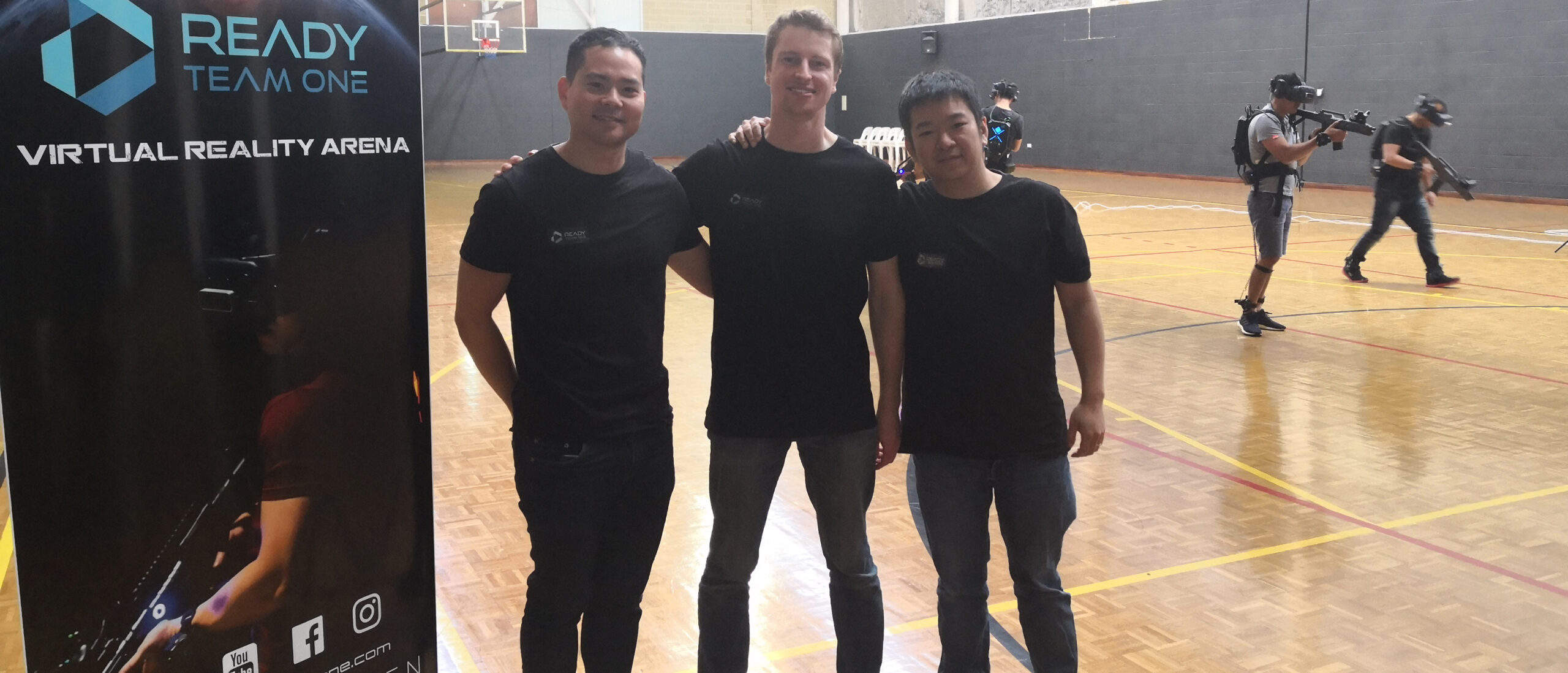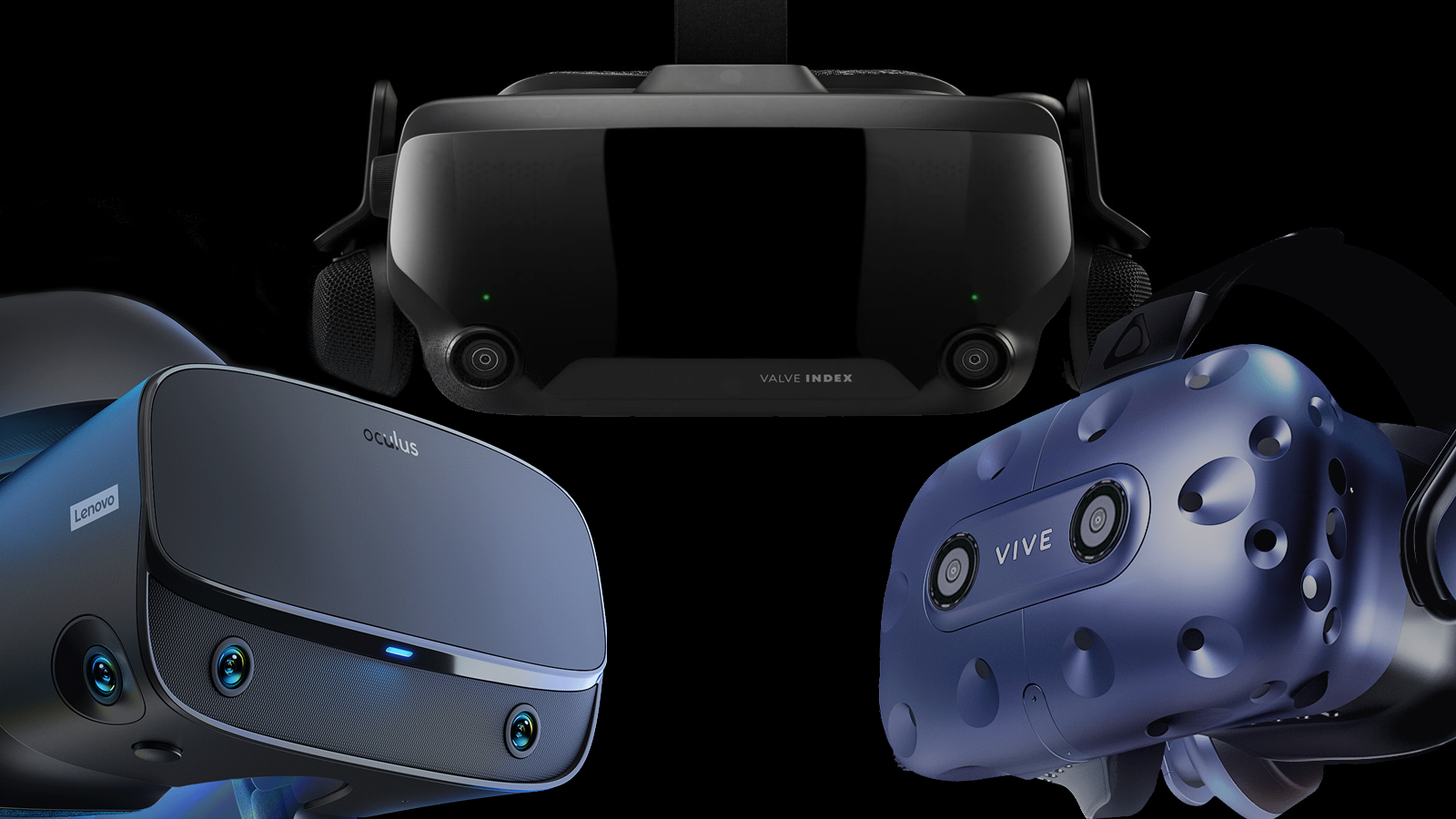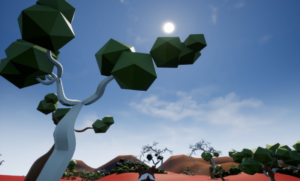Have you ever wondered what it would be like to be inside your favourite video game, movie or even a historical location?
Imagine walking around inside a restored Colosseum in Rome or helping Ridley take on the alien as you plan your escape. Or what about jumping on a light cycle for a while in Tron?
Virtual reality (VR) has been making leaps and bounds in the past decade, but there’s still a big hurdle the hardware needs to overcome before it goes mainstream – the cable.
Most modern VR headsets are limited by their need for a cable to power the hardware, tethering you to a computer if you want to enter the virtual world.
Because of this, the terms ‘free roaming’ and ‘virtual reality’ don’t normally go hand in hand.
But three WA engineers have come up with their own solution to VR’s cable problem, and it’s not just a prototype – you can try it out most weekends.
The VR arena
Ready Team One started developing their idea of a free-roaming VR environment back in 2017.
Having seen a VR setup with limited movement and no body tracking, James Tang, Scott Whiteley and Chris Cheng set about making their own hardware system to make cableless VR a reality.
“One of the hardest parts was getting people to understand exactly what we were offering,” James says. “No one in Perth is offering this type of experience we’ve built.”
Using off-the-shelf parts, the trio built a custom backpack system to carry all the hardware needed to play VR untethered.

They programmed a game, First Contact, where you can interact with both the environment and other players, working as a team to face the challenges in front of you – fighting off alien creatures and completing puzzles using your hands.
“We wanted to bring in full body tracking,” James says, “so you can move all your fingers and your legs [inside the VR environment].”
“We want you to be able to fully immerse yourself in the experience.”
This is accomplished through a piece of hardware on the front of the headset created by Leap Motion. It uses infrared cameras to track the movement of your hands, letting the software know what they’re doing in real time.
The experience is really unlike any other. The backpack and equipment are light and easy to move in. You can signal your teammates with a simple gesture or get instructions over the radio while playing.

Mainstreaming VR
Murdoch University’s Brad Power has been tracking the uptake of VR since it began development over a decade ago.
As a lecturer in games art and design, Brad sees the potential the hardware has but still feels it has a while before it’s as mainstream as a gaming console.
“For a long time, people assumed the uptake would be really quick,” Brad says. “It’s almost like a separate genre, and people don’t expect games like Assassin’s Creed in VR yet.”
Brad sees the current wave of VR introduction mostly coming through console VR such as PlayStation’s VR headset or the Nintendo Switch’s upcoming VR releases.
But while these are not complete VR solutions like Ready Player One, they are an affordable introduction to the technology, helping to make it more common.
One of the biggest hurdles has been price, and in just the past month, three ‘more affordable’ headsets have been announced to the marketplace.

Judging by both the gaming industry’s interest and the hardware options, VR is heading towards the mainstream.
“5 years from now, you’re likely to see a lot more VR, and it won’t be such a novelty any more,” Brad says.
“The future is for those two [mainstream AAA titles and VR] to come together, either released as a VR version or having a VR option built in.”
Not just for games
While the team at Ready Team One are refining their system and working on their next game – a player versus player title – they’re also looking at other areas where this technology can be used.
James feels it could be useful for everything from military training to remote site inductions for mining operations.
“If you can train people for a dangerous environment – such as an oil rig – in the safety of a gym floor, then I think there’s some really good use cases,” James says.
“It could also be used for product visualisation – imagine walking around a home before you’ve even built it to get a real scale of the plan.”
James believes these applications are just a handful of an ocean of possibilities for VR.
And in another 10 years, who knows where it could lead – maybe heading down to your local VR club to fight a dragon?
Ready Team One will be appearing at the upcoming XR:WA Virtual Reality Festival in Perth this July.









